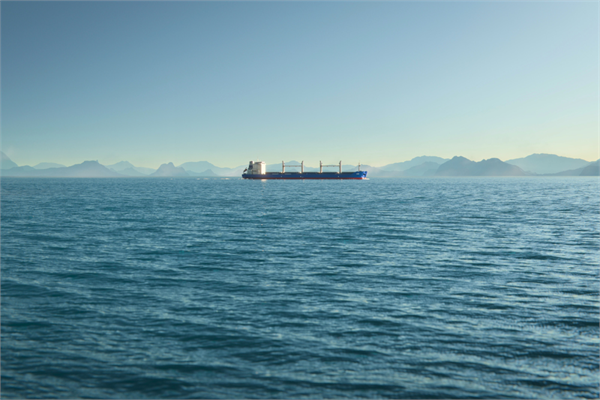
Jotun’s SeaQuantum X200 helps vessels go faster, burn less fuel, emit less CO₂, and maintain efficiency over multiple years.
Jotun has announced that its renowned antifouling, SeaQuantum X200, has achieved official verification from DNV, confirming an average speed loss of just 1.0% over a dock-to-dock period. This represents the lowest verified speed loss in the industry, establishing a new benchmark for hull performance.
The verification follows the in-service performance methodology outlined in ISO 19030, which assesses speed loss over the last four years of a five-year dry-docking cycle, using the first year out of dock to establish a benchmark.
“SeaQuantum X200 is Jotun’s flagship SeaQuantum antifouling, and part of HPS 2.0. It has 15 years track record of maximising hull performance with around 2,500 deep-seagoing vessel applications, and delivers high performance for predictable trades, which is now also quantified and confirmed by DNV. An average speed loss of 1.0% really pushes the boundaries of what an antifouling can deliver,” has stated Habibe Escobar, Category Manager and responsible for Jotun’s SeaQuantum brand.
“We are pleased to receive this verification from DNV, which confirms what our data has consistently shown. As the Home of hull performance, we are happy to bring in another evidence of our efforts,” has added Morten Sten Johansen, Global Category Director, Hull Performance at Jotun.
The verification is based on data from 41 vessels coated with SeaQuantum X200, representing a fleet of medium- to high-activity vessels operating under normal conditions. The confirmed 1.0% speed loss contrasts sharply with the industry benchmark of 5.9% average speed loss, according to ISO 19030.
“The verification of SeaQuantum X200’s performance was carried out with rigor and precision, enabled by access to high-quality performance data. Based on our evaluation, the coating demonstrated the lowest average speed loss verified under ISO 19030 standards. This level of performance is consistent with reduced hull resistance over time, which can contribute to lower fuel consumption under typical operating conditions,” has commented Olav Rognebakke, Head of Section Hydrodynamics & Stability at DNV Maritime Advisory.
The difference between 1.0% and 5.9% speed loss translates into significant fuel savings and reduced CO₂ emissions:
- The market average performance shows an average speed loss of 5.9%, based on ISO 19030.
- This equates to a 17.7% drop in hydrodynamic efficiency, using the standard speed loss ratio of 3:1.
- A 1.0% speed loss corresponds to just a 3% drop in hydrodynamic efficiency.
- Consequently, SeaQuantum X200 enables a reduction in fuel usage of 14.7% compared with the industry baseline.
“Simply put, to compensate for 1% loss in speed, a power increase of 3% is required. The difference between 1% speed loss and 5.9% speed loss is therefore huge both in terms of preserving fuel and when cutting carbon emissions. These verifications reinforce our commitment to deliver real and measurable value to our customers, both in terms of avoided emissions and preserved fuel has concluded Morten Sten Johansen.
Jotun continues to focus on its Clean Shipping commitment, ensuring quantifiable hull performance across the shipping industry. Earlier this year, DNV verified that Jotun-coated vessels avoided 11.1 million tonnes of CO₂ emissions in 2024 alone, equivalent to fuel worth around USD 2 billion.